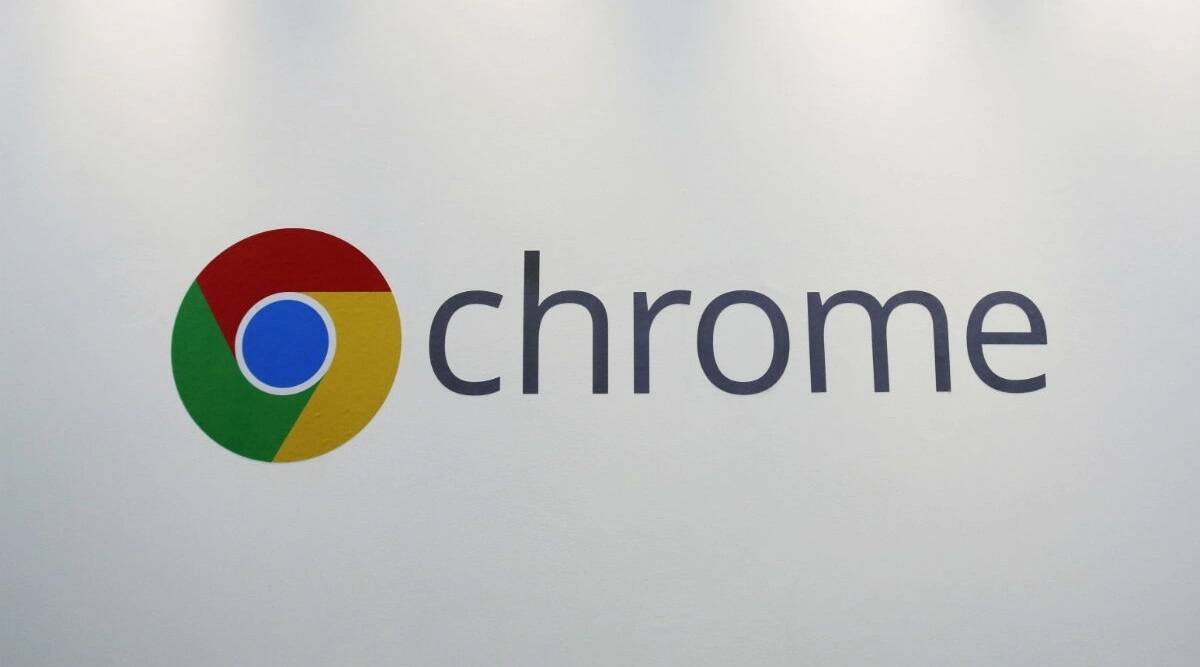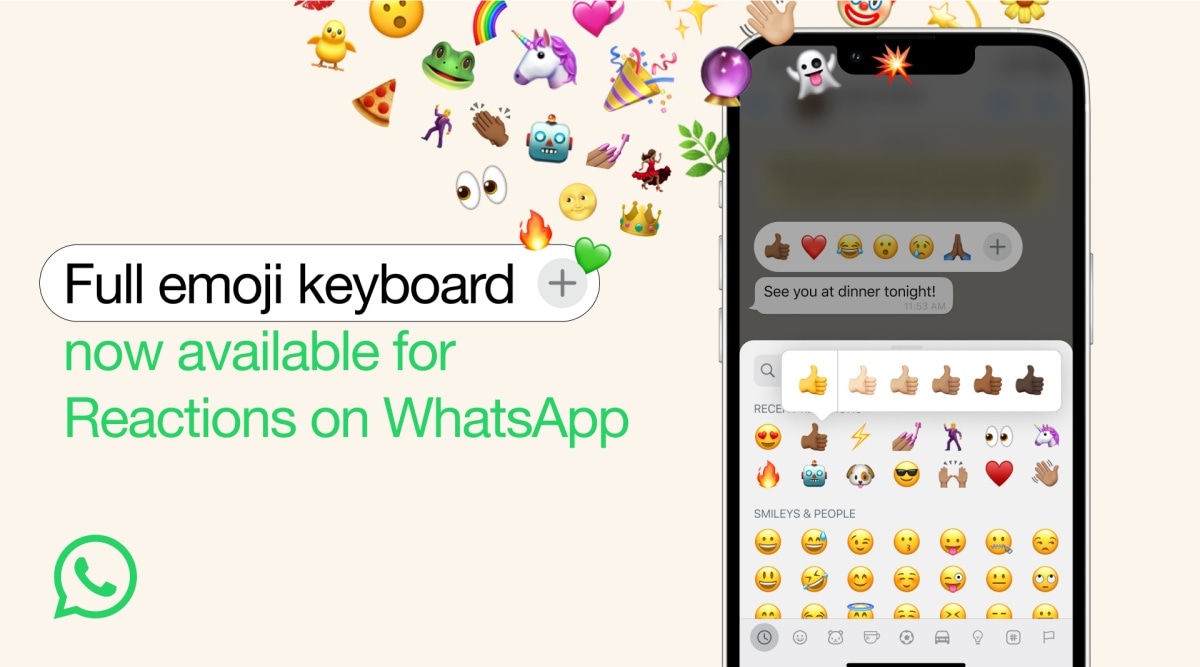Google Chrome may soon begin allowing users to restore closed tabs in bulk, according to the source code accessed by Chrome Story. This could mean that users can restore a recently closed tab group with just a single click.
Currently, users can do that on the desktop browser by right-clicking on an empty area in the tab bar and clicking “Reopen closed tab”. You can also do this with an entire Chrome window full of tabs if you just closed it. If you recently closed a group of tabs, you can restore that as well the same way.
On Android, however, it is only possible to restore tabs one by one. To do this, you need to hit the three dots icon on the top right of the screen and click on ‘Recent tabs’ where you will be greeted by a list of recently closed tabs; allowing you to reopen any of them. The only way to restore a group of tabs at once on Android currently is to dig through your browser history and do it one by one: a laborious process.
Chrome Story discovered a new experimental flag in the Chromium source code labelled “Android Tab Restore”. This indicates that Google has already begun to test this feature on Android.
This feature could be soon made available in Google Chrome Canary for Android. Canary is a version of the Chrome browser aimed at developers who want to experience the latest updates of the Alpha version of Chrome.
This Chrome Canary version is available for download from the Google Play Store and an updated version could come with the new feature. But Chrome Canary is unstable and cannot be recommended for most users who would like a smooth browsing experience. It would be a much better idea to wait for the feature to come to a stable release of the browser.
!function(f,b,e,v,n,t,s)
{if(f.fbq)return;n=f.fbq=function(){n.callMethod?
n.callMethod.apply(n,arguments):n.queue.push(arguments)};
if(!f._fbq)f._fbq=n;n.push=n;n.loaded=!0;n.version=’2.0′;
n.queue=[];t=b.createElement(e);t.async=!0;
t.src=v;s=b.getElementsByTagName(e)[0];
s.parentNode.insertBefore(t,s)}(window, document,’script’,
‘https://connect.facebook.net/en_US/fbevents.js’);
fbq(‘init’, ‘444470064056909’);
fbq(‘track’, ‘PageView’);






